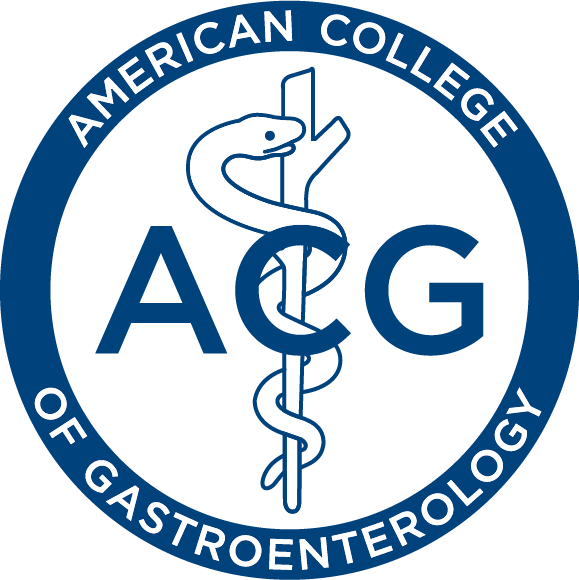Newswise — After a year of intense effort, the Task Force on Quality in Endoscopy, a joint effort of the American Society for Gastrointestinal Endoscopy (ASGE) and the American College of Gastroenterology (ACG), has developed quality indicators for the four major endoscopic procedures: colonoscopy, esophagogastroduodenoscopy (EGD, also known as upper endoscopy), endoscopic retrograde cholangiopancreatography (ERCP) and endoscopic ultrasonography (EUS).
As leaders in promoting excellence in gastrointestinal endoscopy, ASGE and ACG formed this task force, comprised of nationally recognized endoscopic experts, to identify objective measures that could be used to define high-quality endoscopic services for the diagnosis and treatment of diseases and conditions of the digestive tract. The task force, led by Douglas O. Faigel, MD, FASGE, Oregon Health & Science University, Portland, and Irving M. Pike, MD, FACG, Gastroenterology Consultants, Virginia Beach, Va., recommends that these guidelines be adopted by facilities where endoscopic procedures are performed.
"As with all medical specialties, we anticipate that reimbursement for endoscopy will soon be linked to performance against quality measures. As the experts in endoscopy, we must proactively define those quality measures. We cannot leave the standards-setting to an administrative or regulatory agency with little experience in the practice of endoscopy. It is our responsibility to ensure high-quality care for our patients," said Robert Hawes, MD, FASGE, ASGE president, professor of medicine at the Digestive Disease Center at the Medical University of South Carolina.
The series of papers released on quality indicators for Endoscopy were published as a supplement to the April issue of GIE: Gastrointestinal Endoscopy, the official peer-reviewed publication of ASGE, and within the April issue of The American Journal of Gastroenterology, the official peer-reviewed publication of ACG. The five titles published by the Task Force include: · "Quality Indicators for Gastrointestinal Endoscopic Procedures: An Introduction" · "Quality Indicators for Colonoscopy" · "Quality Indicators for Esophagogastroduodenoscopy" · "Quality Indicators for Endoscopic Retrograde Cholangiopancreatography" · "Quality Indicators for Endoscopic Ultrasonography"
The Quality Indicators papers serve as a reference for physicians trained in endoscopy who can use the indicators to assess, measure and improve their performance. They help to ensure that patients receive an indicated procedure; that correct and clinically relevant diagnoses are made (or excluded); that therapy is properly performed and that all these are accomplished with minimum risk to the patient.
For each endoscopic procedure, quality indicators were considered for three time periods: preprocedure, intraprocedure and postprocedure. The quality indicators were identified using published data. When data was absent, indicators were chosen based on expert consensus.
"We know that it will not be feasible for the endoscopist to reach 100 percent compliance with every indicator, in every patient, in all cases. We also recognize that there are many areas requiring further study. This effort, however, represents a major commitment within endoscopy to improving the quality of patient care through evidence-based measures," said Jack A. DiPalma, MD, FACG, ACG president and director of the Division of Gastroenterology at the University of South Alabama.
Gastrointestinal endoscopic procedures allow the gastroenterologist to visually inspect the upper intestinal tract (esophagus, stomach and duodenum) and the lower bowel (colon and rectum) through an endoscope, a thin, flexible device with a lighted end and a powerful lens system.
Endoscopy has been a major advance in the treatment of gastrointestinal diseases. For example, the use of endoscopes allows the detection of ulcers, cancers, polyps and sites of internal bleeding. Through endoscopy, tissue samples (biopsies) may be obtained, areas of blockage can be opened and active bleeding can be stopped. Polyps in the colon can be removed, which has been shown to prevent colon cancer.
The newly developed quality indicators assume that specialty training and credentialing in gastroenterology has taken place before a practitioner begins the practice of endoscopy. ASGE has guidelines specifically addressing standards for training, assessing competence and granting privileges to perform endoscopy (available online at http://www.asge.org).
"Quality Indicators for Gastrointestinal Endoscopic Procedures" can be accessed online through ASGE at http://www.asge.org/nspages/practice/patientcare/quality/index.cfm or by calling ASGE at (630) 573-0600 or through ACG's Journal Web site at http://www.amjgastro.com, or by calling ACG at (301) 263-9000.
For more information about endoscopic procedures or digestive diseases, visit the ASGE public education Web site, http://www.askasge.org, or the ACG Web site at http://www.acg.gi.org.
About the American Society for Gastrointestinal Endoscopy The American Society for Gastrointestinal Endoscopy (ASGE), founded in 1941, is the preeminent professional organization dedicated to advancing the practice of Endoscopy. ASGE, with more than 9,000 physician members worldwide, promotes the highest standards for endoscopic training and practice, fosters endoscopic research, recognizes distinguished contributions to Endoscopy, and is the foremost resource for endoscopic education. http://www.asge.org; http://www.askasge.org; www.screen4coloncancer.org
About the American College of Gastroenterology The American College of Gastroenterology (ACG) was founded in 1932 to advance the scientific study and medical practice of diseases of the gastrointestinal (GI) tract. The College promotes the highest standards in medical education and is guided by its commitment to meeting the individual and collective needs of clinical GI practitioners. http://www.acg.gi.org
MEDIA CONTACT
Register for reporter access to contact detailsCITATIONS
American Journal of Gastroenterology; Gastrointestinal Endoscopy
